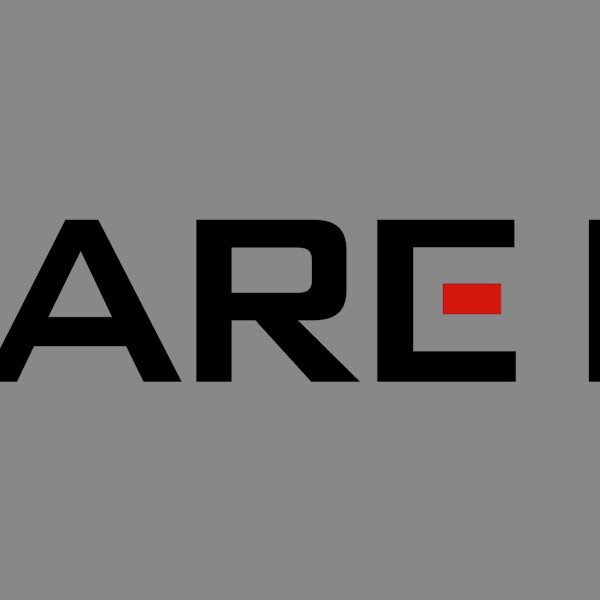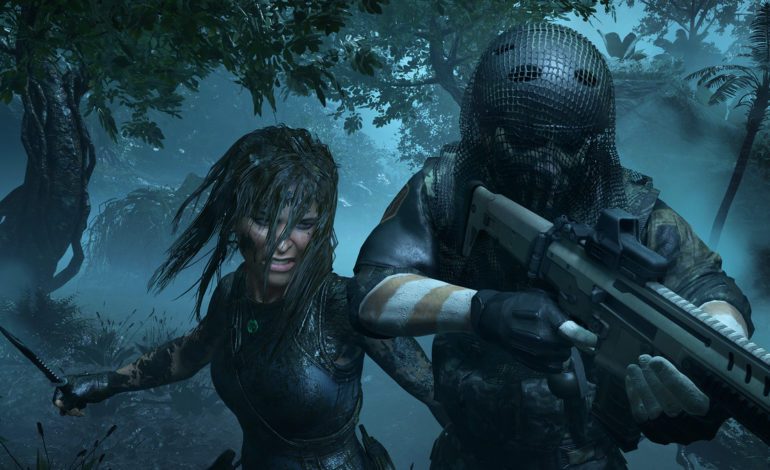

Mercifully tucked away at a hotel outside of the main show floor, we took some time away from the Comic Con madness to sit down with reps from Square Enix for a detailed look at the upcoming Shadow of the Tomb Raider game. In this session we got an elongated demo of three of the game’s impressive sequences, hands-on time with a small section of the tomb exploring adventure, and some time to interview Lead Writer Jill Murray and Lead Game Designer Heath Smith.
Most of you reading this story as dedicated gamers are well aware of the Tomb Raider franchise’s 22-year history starting all the way back in 1996 on the first SONY PlayStation and the short-lived Sega Saturn. From there, the title has spawned numerous sequels, reimaginings and even a few lukewarm-received movie adaptations (one starring Angelina Jolie and more recently the other featuring newcomer Alicia Vikander). The story of the fearless adventurer Lara Croft has been told and re-told over the years with tweaks to the mythology and massive improvements in backing technology depending on the era each subsequent title was released in. Today’s focus, Shadow of the Tomb Raider is the finale of the recent trilogy that began with the 2013 Tomb Raider reboot. One Lead Designer, Heath Smith, refers to as the “end of the beginning.”
We’re first given a decent-length demo featuring Lara Croft deep inside legendary, mythical Peruvian civilization Paititi. The city is nestled deep within an area surrounded by mountains, rivers, and waterfalls. Croft navigates through the city communicating with locals, finding clues via ancient symbols and acquiring tasks.
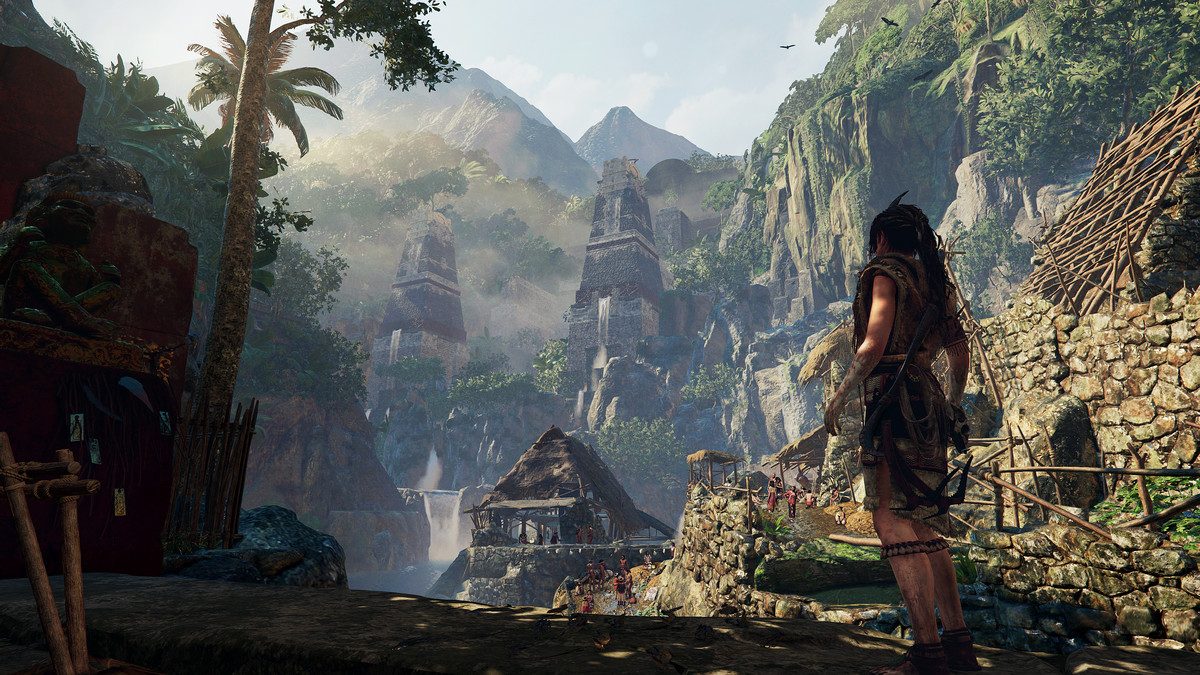

Murray explains to us that while Paititi is indeed vast, it’s not the main base for the entire game. “It is central to the story,” she explains. “The amount of time you spend there though depends on how much time you choose to spend there. It kind of occupies the central portion of the game. We start out in Mexico. Then we explore inside of Paititi after that.” Indeed, in just this 10-minute demo, it literally feels like a player could get fully lost just in this one locale engaging with the local denizens, finding missions and possible crypts to explore in the nearby jungle. As Croft meets with the citizens of Paititi (which we understand to be in this game an amalgamation of peoples from many different South American tribes) the discussions are played out in English.
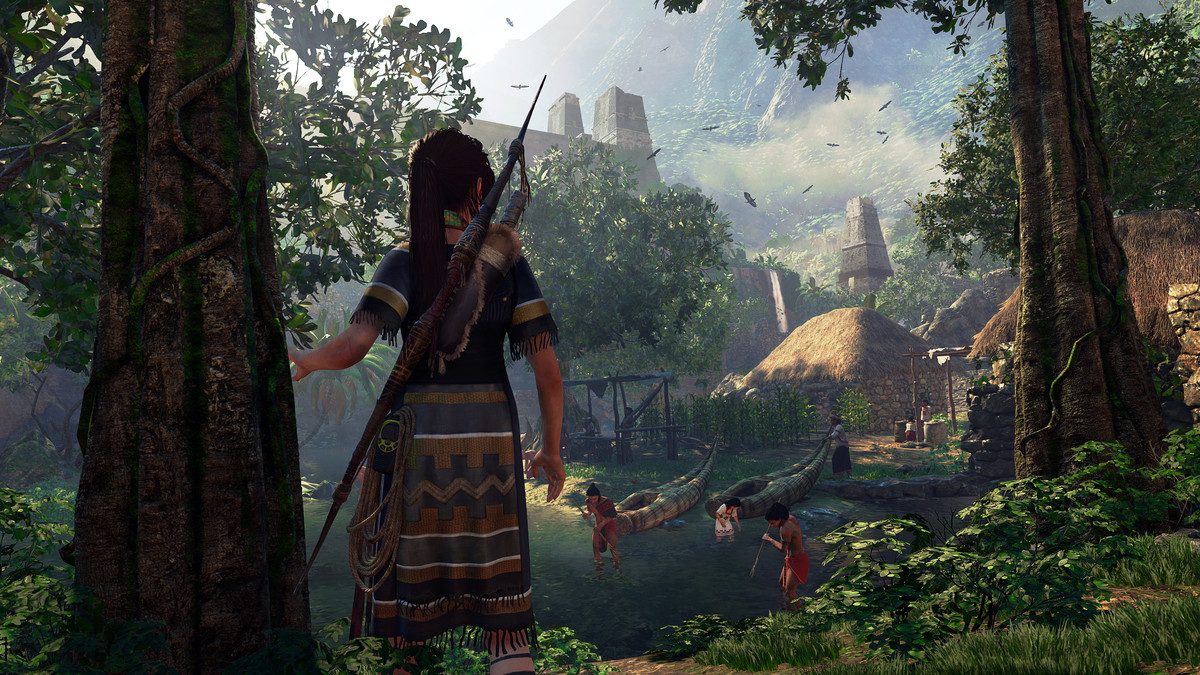

Murray explains to us that the game comes with what they are referring to as “Immersion Mode,” a mechanism where the inhabitants can instead to be heard speaking their native language instead of English. But, don’t expect to hear Lara Croft speaking in anything but English herself (the fantasy of the game is that we’re hearing English, but Croft can indeed speak the language(s) of the other inhabitants). “We have immersion mode which allows you to hear the dialog in Paititi in your own language or in the original Yucatec Maya with subtitles,” Murray states. “It’s the people around her. She’s still speaking in English. For practical reasons, poor Camilla (Luddington), if we had to ask her to learn Maya that would’ve been crazy.”
“To be clear, yes, you can’t make her speak Yucatec Maya,” adds Lead Designer Heath Smith. “When she’s speaking English and they’re understanding her, she’s speaking the other language. You hear her speaking English. If that makes sense. It’s kind of like the Star Trek approach to managing many languages.”
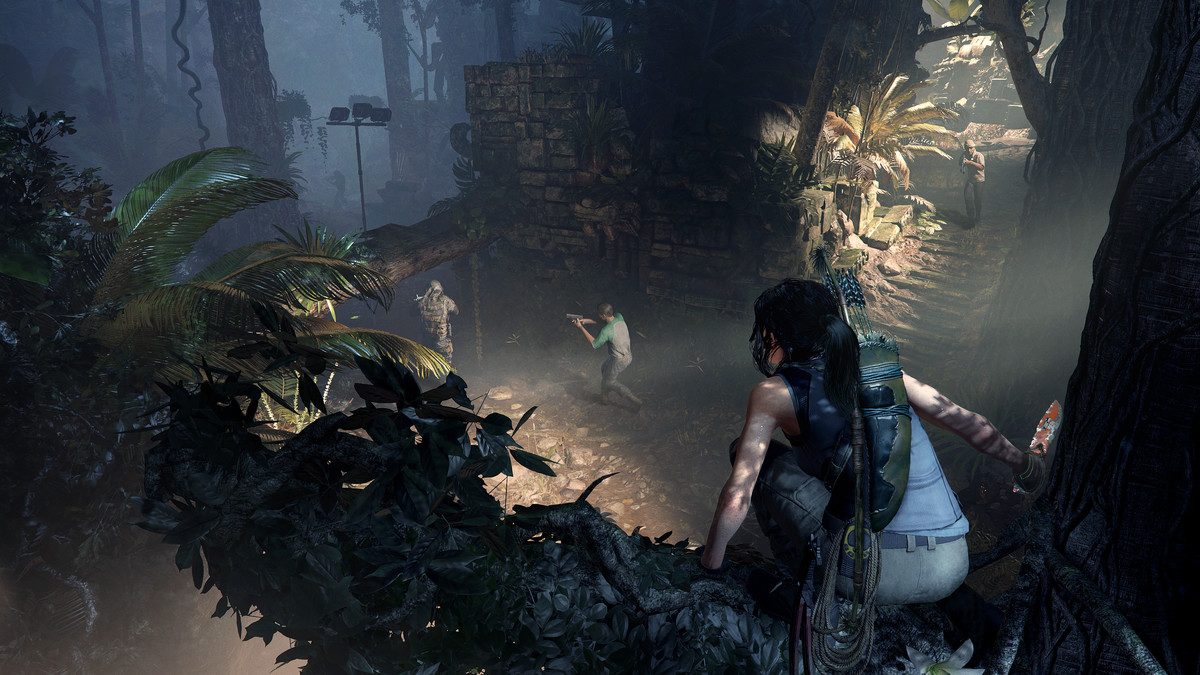

After giving an apt sense of how fluid the changeover from navigating Paititi to spelunking tombs is, the demo shifts gears to a pair of action sequences. The first features Croft deep in the jungle believing her friend, Jonah Maiava, to either be captured or dead (for the record, nothing we saw truly confirms whether he is indeed dead). As she traverses the jungle, it’s all poised stealth combat. Swinging from trees, shooting enemies with arrows—and in some cases—approaching them from behind and slitting their throat Al Swearengen-style. This segment of the game appears to have Croft going all but feral, lost to anger and unadulterated fury. Interestingly, whenever the player guides croft to a truly brutal kill, the camera always shifts to behind the action. No, here you won’t see the intense gore and blood-soaked PSI that games like Uncharted or The Last of Us have shown so vividly. “Some games they show it head on because it’s really about the personal nature of hand-to-hand violence, and in this case, it’s not personal,” Murray explains. “It’s Laura versus Trinity and she just has all the tools and uses them. They are all always trying to get back at her. It’s really not about her personal connection with each victim. So I feel like the camera angles plays into that.”
“It’s less the external relationship of her with these people and more her internal struggle to not go over the edge and become the thing she’s trying to fight against, “the shadow,” Smith adds. “So that’s why we’re not shying away from that stuff necessarily because in the game, she is confronting the darkness within herself.”
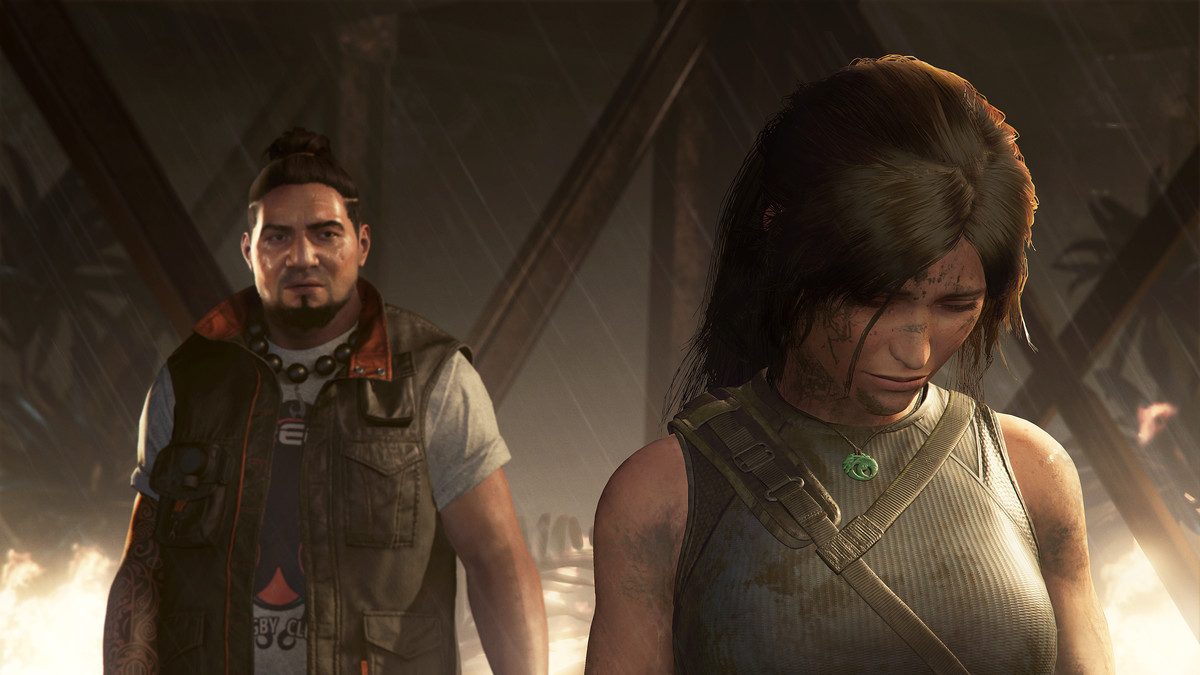

This darkness Smith refers to is one born purely out of vengeance and frustration. “In that particular scene she’s motivated to a great degree by believing that Jonah might be dead,” Murray continues. “So she’s really angry. She’s angry in that way we can sometimes be where we want the other person to feel our anger or we may want them to suffer as well.” But it’s not all murderous rampage, though. Wisely, the carnage is possible, though not 100% necessary. Murray even indicated helping guide the development team to ensure more passive paths forward were possible. “In other parts of the game where you have the stealth combat you can actually in some cases, it is possible to slip by without killing people,” states Murray. “I know because I’ve tried and tried and tried and every once in a while I have come to a place where it seems like the game was waiting for me to kill everyone before moving on. I just went to talk about it with the design team and they’re like, ‘Whoops.’ They fixed it.”
“It’s actually one of the reasons why we introduced what Jill spoke about before, which is the fact that you can return to stealth from being in assault,” Smith concludes. “It’s because it shows that she’s more mature. She’s not killing everyone indiscriminately. Perhaps previously she was? She’s taking a more considered, mature, professional approach to the situation. She’s starting to learn the consequences of her actions.”
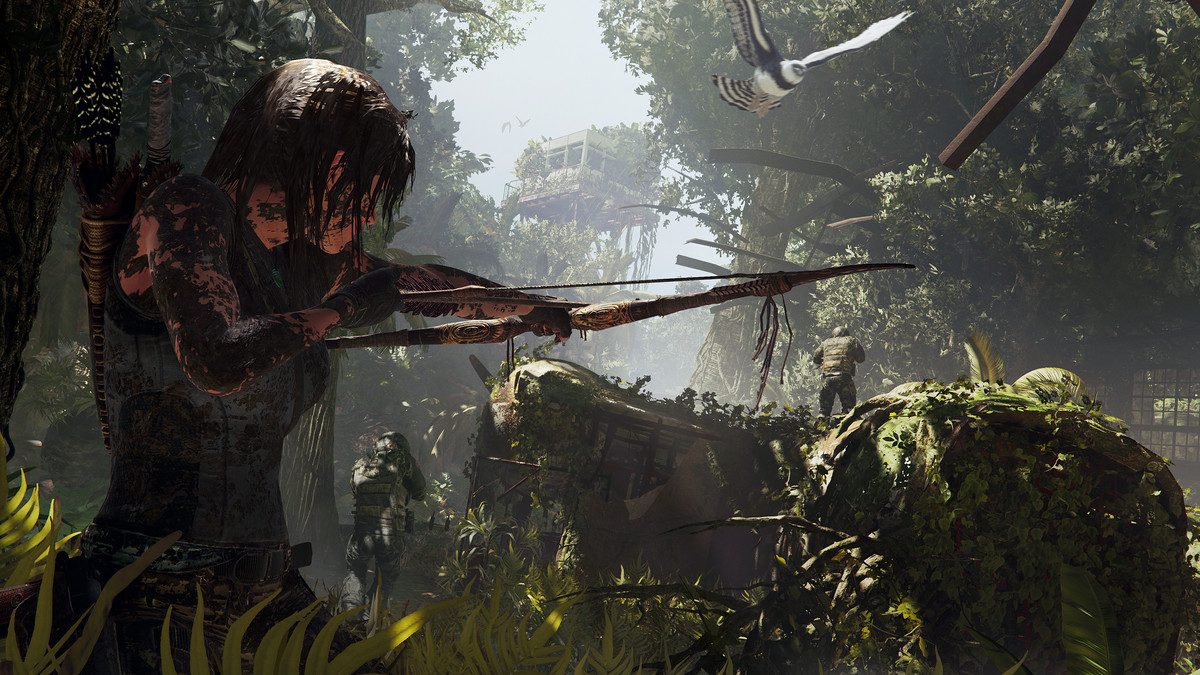

The final segment is the aftermath of the slaughter in the jungle, where Croft arrives at a chemical plant, and all the technology and firepower of Trinity is aiming to gun her down. Things are exploding all around Croft as you guide her up pieces of a chemical refinery. A helicopter chases you down and is bearing down with rapid minute gun fire. The action is pulse pounding, but from the demo, it’s not clear how much control you have in the situation versus how much is scripted. “Similar to sequences in the previous titles, where it’s a high-octane moment where if you take too long, you’re going to die,” Smith clarifies. “So you have to keep moving, keep pushing forward, keep going for that next jump, that next ledge. Where in other parts of the game you can take your time to read the environment where you need to move, traverse to, this is a time-based challenge.”
Our hands-on time with the game focuses on a segment within a proper tomb. Here, we collect artifacts, swim through certain sections, and platform up others. We get stuck trying to trigger a winch with a shotgun instead of an arrow with a rope attached to it (duh), and later, we are stuck even worse by leaping from massive counterweights suspended over a giant cave by a temple. Hardcore fans of the franchise may find this all typical and easy to traverse, but more casual fans may struggle with some of the challenges these tombs artfully thread through the experience. Still, the game’s most promising attribute is how fluid the changeover from the over ground world to these tombs (and each subsequent puzzle changing between the different rooms in each tomb) is. It’s positively lush and nearly every detail is pretty much picture perfect: light sourcing, atmosphere and color palette.
Tomb Raider has come a long way since its humble, controversial roots. This new trilogy has done tons to modernize and bring the franchise fully into the modern realm of gaming. Is this where the story ends for now though? Smith and Murray had little to offer on this point. “We literally only know about this game,” Murray states definitively. “Obviously I would expect Laura’s history to continue. But I’m not privy to detail of how it’s going to.”
“Yeah, we’re fully focused on just bringing this ‘end of the beginning’ as we call it to a close,” Smith points out. “To bring her to that point where she’s the Tomb Raider she’s meant to be, destined to be. What happens after that, we let you use your imagination.”
For more information on Shadow of the Tomb Raider check out this interview the game’s Senior Community Manager Meagan Marie over at Lara’s Fridge.
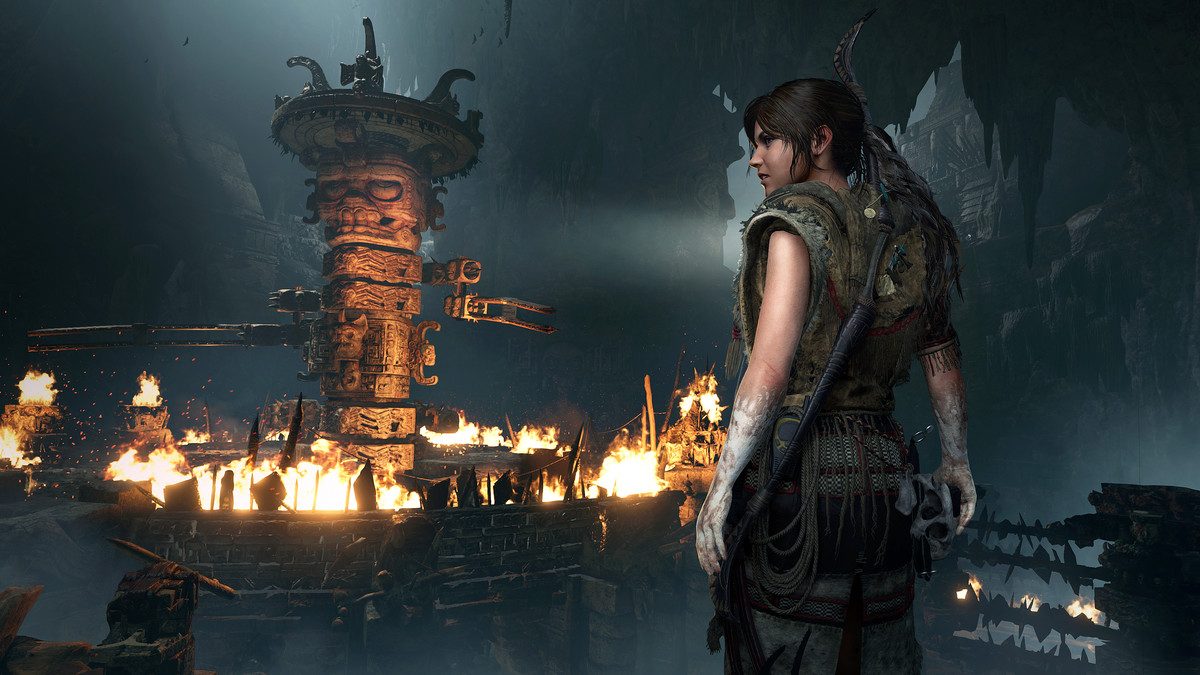

Play games, take surveys and take advantage of special offers to help support mxdwn.
Every dollar helps keep the content you love coming every single day.

